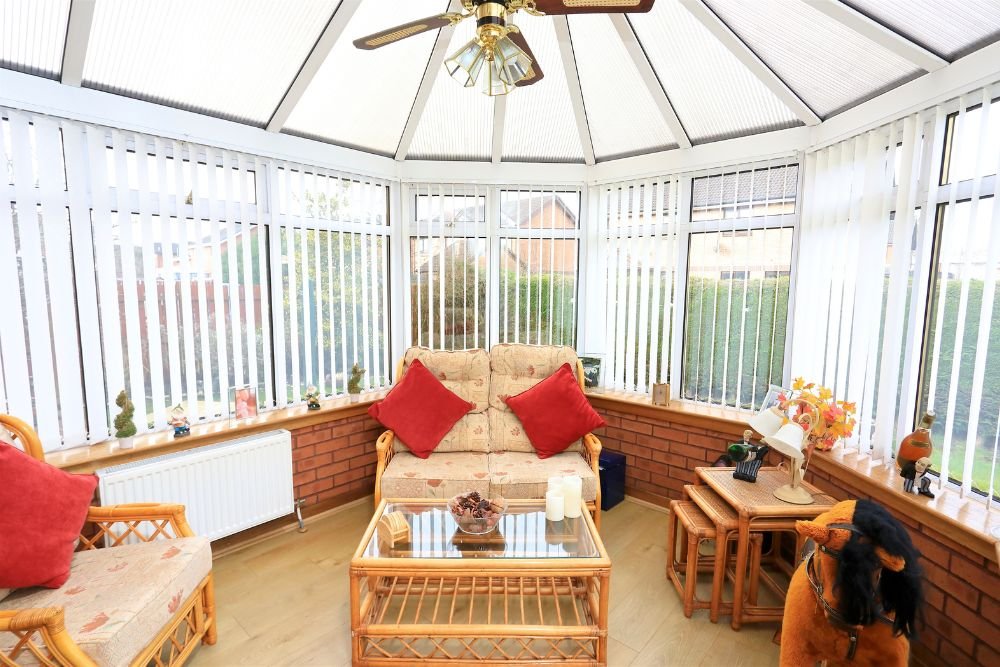Maximize Space and Light with a Conservatory Addition
Maximize Space and Light with a Conservatory Addition
Blog Article

A conservatory addition presents an excellent way to increase your home's square footage. These beautiful glass-enclosed structures bathe the interior in sunlight, creating a bright and airy atmosphere. By carefully planning the layout of your conservatory, you have the opportunity to a versatile space that accommodates diverse functions.
- Think about a comfortablelounge for relaxing and enjoying the view.
- Embrace it as a casual dining zone to enjoy meals surrounded by nature.
- Create a vibrant green haven
Style , Structure & Function: Choosing the Perfect Conservatory for You
Embarking on a conservatory journey can be exciting but also daunting. With countless options available, selecting the perfect structure to complement your home requires careful consideration. This process involves striking a harmonious balance between visually appealing design, robust functionality, and durable construction.
Prioritize your desires. Do you envision a space for entertainment? A haven for growing greenery? Or perhaps a versatile area for hosting? Clearly defining your goals will guide your selection.
- Minimalist conservatories exude sleek lines and minimalist features, seamlessly integrating with contemporary architecture.
- Traditional conservatories embrace ornate details, stained glass, and a timeless attractiveness. They add a touch of elegance and grandeur to existing residences.
- Arts & Crafts conservatories offer a charming blend of tradition and modern liveability. Their unique layouts often feature intricate woodwork and handcrafted elements.
In essence, the ideal conservatory is one that reflects your personal style and fulfills your practical needs. By carefully considering these factors, you can create a beautiful and inviting space that enhances your home for years to come.
Budgeting for a Conservatory: Cost Considerations and Financing Options
Planning to add an orangery to your home? It's a wonderful way to enlarge your living space and revel in the outdoors. However, before you getstarted visualizing about lazy afternoons spent sipping tea amidst lush greenery, it's crucial to carefully consider the costs involved. Conservatory prices can vary widely depending on factors like dimensions, materials used, intricacy of the structure, and your chosen location.
To get a precise idea of your potential expenditure, it's best to contact several conservatory builders and obtain detailed quotes. These quotes should outline each aspect of the project, from materials and labor costs to licenses.
- When you have a good understanding of the total cost, you can start exploring funding options. Typical choices include home equity loans, personal loans, or even debit cards.
- It's important to evaluate interest rates and repayment terms from different lenders to ensure you get the best deal.
Conceptualizing Your Conservatory: Essential Structural and Regulatory Factors
When embarking on the journey of constructing a conservatory, it's crucial to meticulously plan both the structural specifications and any applicable regulatory regulations. A well-designed conservatory should harmoniously blend your existing dwelling structure, while ensuring both durability and visual charm.
It's essential to consult with a qualified structural engineer who can analyze your site conditions and provide expert advice on the appropriate construction elements for your conservatory.
Regulatory licenses may be required depending on your jurisdictional ordinances. Be sure to investigate about any planning requirements that apply to conservatory construction in your area.
Adhering to these 10. Fort Lauderdale property selling tips guidelines will not only secure a safe and functional conservatory but also enhance the value of your home.
Enjoying Year-Round Comfort: Insulation and Heating Choices for Conservatories
A conservatory can be a delightful addition to your home, providing a bright space to relax and enjoy the outdoors year-round. However, achieving true comfort in a conservatory requires careful consideration of heat retention and heating solutions. Proper insulation will reduce heat loss during colder months, while effective heating systems ensure a cozy atmosphere particularly when temperatures drop. By choosing the right combination of insulation and heating, you can transform your conservatory into a comfortable sanctuary that you can enjoy during all seasons.
- When selecting insulation materials for your conservatory, consider factors such as thermal efficiency and compatibility with the existing conservatory structure.
- Common choices include foam boards, mineral wool, and vacuum panels. It’s also important to {sealgaps around windows, doors, and other potential entry points for cold air.
- For heating options, you have a variety of choices to choose from, including electric heaters, gas heaters, underfloor heating systems, and heat pumps. The best option for your conservatory will depend on factors such as the size of the space, your budget, and your energy consumption preferences.
Remember that proper ventilation is also essential for maintaining a comfortable temperature and preventing condensation buildup in your conservatory.
Blending Your Conservatory Seamlessly: Interior Design Tips and Ideas
Create a flowing transition between your conservatory and main living spaces by selecting color palettes that complement. Think about using similar hues of paint on both walls, or select for a delicate difference in color to maintain spatial unity.
When designing your conservatory, focus on natural light by adding light curtains that filter the sun's rays while still allowing sights of the outdoors. Employ strategically placed mirrors to enhance the sense of spaciousness.
A well-chosen rug can define a seating area within your conservatory, blending it with the adjacent space. Opt for a rug motif that echoes elements found in your existing interior design, or think about a bold statement piece to inject a touch of personality.
Report this page